Jianshe Ma
Effects of Transceiver Jitter on the Performance of Optical Scattering Communication Systems
Feb 02, 2024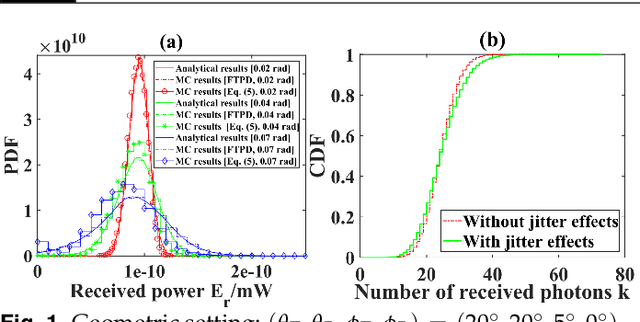
Abstract:In ultraviolet communications, the transceiver jitter effects have been ignored in previous studies, which can result in non-negligible performance degradation especially in vibration states or in mobile scenes. To address this issue, we model the relationship between the received power and transceiver jitter by making use of a moment-based density function approximation method. Based on this relationship, we incorporate the transceiver jitter effects in combination with Poisson distribution. The error rate results are obtained assuming on-off key modulation with optimal threshold based detection. We validate the error rate expressions by comparing the analytical results with Monte-Carlo simulation results. The results show that the transceiver jitter effects cause performance degradation especially in smaller transceiver elevation angles or in shorter distances, which are often adopted in short-range ultraviolet communications. The results also show that larger elevation angle cases have a better performance with respect to anti-jitter and may perform better compared to smaller elevation angle situations in the case of larger standard deviation of jitter. This work studies for the first time the transceiver jitter effects in ultraviolet communications and provides guidelines for experimental system design.
* 5 pages, 2 figures, comments are welcome!
LMMSE-based SIMO Receiver for Ultraviolet Scattering Communication with Nonlinear Conversion
Dec 22, 2023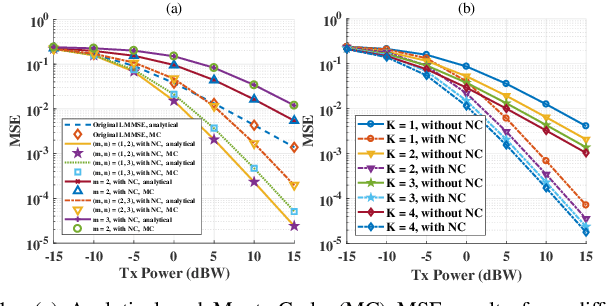
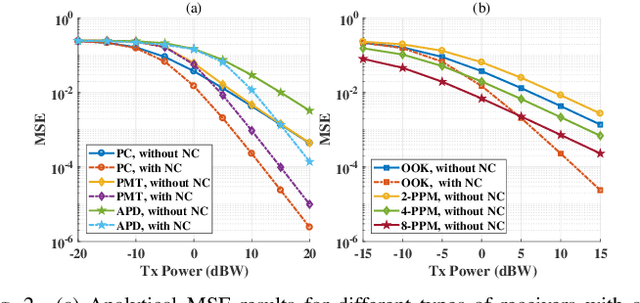
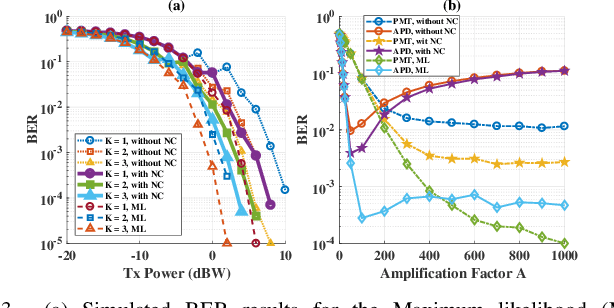
Abstract:Linear minimum mean square error (LMMSE) receivers are often applied in practical communication scenarios for single-input-multiple-output (SIMO) systems owing to their low computational complexity and competitive performance. However, their performance is only the best among all the linear receivers, as they minimize the bit mean square error (MSE) alone in linear space. To overcome this limitation, in this study, we propose an LMMSE receiver based on the measurements augmented by their nonlinear conversion for a photon-counting receiver, a photomultiplier tube, and an avalanche photodetector. The performance of the proposed LMMSE receiver is studied for different nonlinear conversions, numbers of receivers, and receiver types. The simulation results indicate that the Monte Carlo results are consistent with the analytical results and that the proposed LMMSE receiver outperforms the conventional one in terms of bit MSE and bit error rate. Accordingly, it can be concluded that to achieve a desired bit MSE, the proposed LMMSE-based nonlinear receiver not only reduces the need to increase the number of receivers but also reduces the bandwidth requirements.
* 5 pages, 3 figures, comments are welcome!
Ultraviolet Scattering Communication Using Subcarrier Intensity Modulation over Atmospheric Turbulence Channels
Dec 01, 2022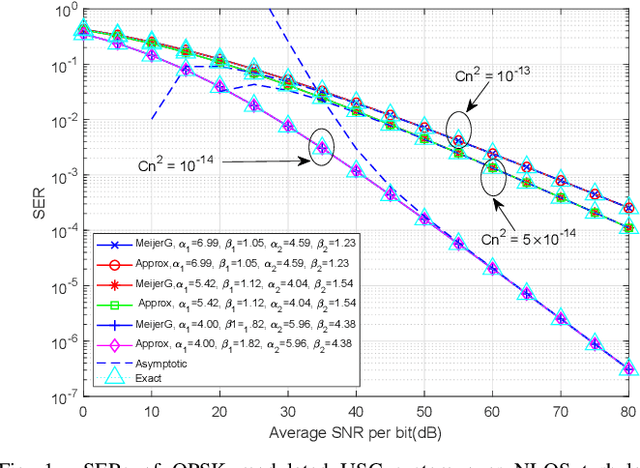
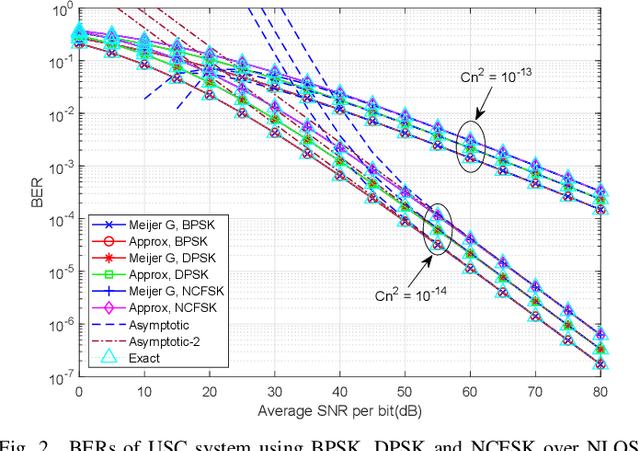
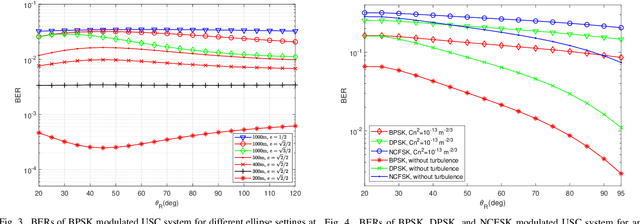
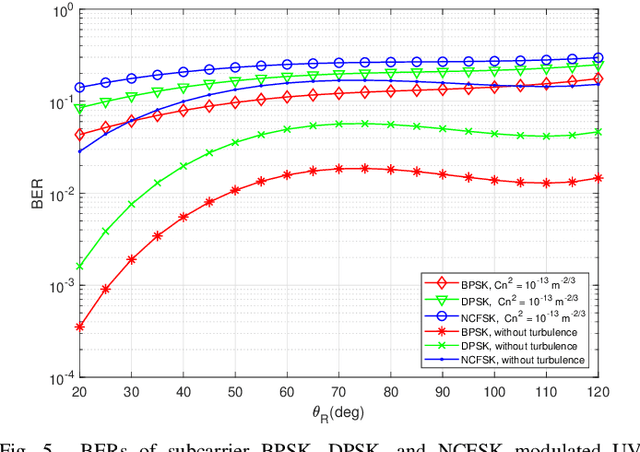
Abstract:A closed-form non-line-of-sight (NLOS) turbulenceinduced fluctuation model is derived for ultraviolet scattering communication (USC), which models the received irradiance fluctuation by Meijer G function. Based on this model, we investigate the error rates of the USC system in NLOS case using different modulation techniques. Closed-form error rate results are derived by integration of Meijer G function. Inspired by the decomposition of different turbulence parameters, we use a series expansion of hypergeometric function and obtain the error rate expressions by the sum of four infinite series. The numerical results show that our error rate results are accurate in NLOS case. We also study the relationship between the turbulence influence and NLOS transceiver configurations. The numerical results show that when two-LOS link formulates the same distance, the turbulence influence is the strongest for long ranges and the weakest for short ranges.
Unfocused images removal of z-axis overlapping Mie scattering particles by using three-dimensional nonlinear diffusion based on digital holography
May 10, 2019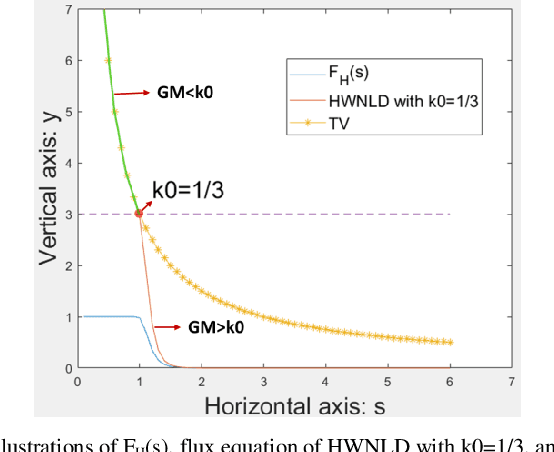
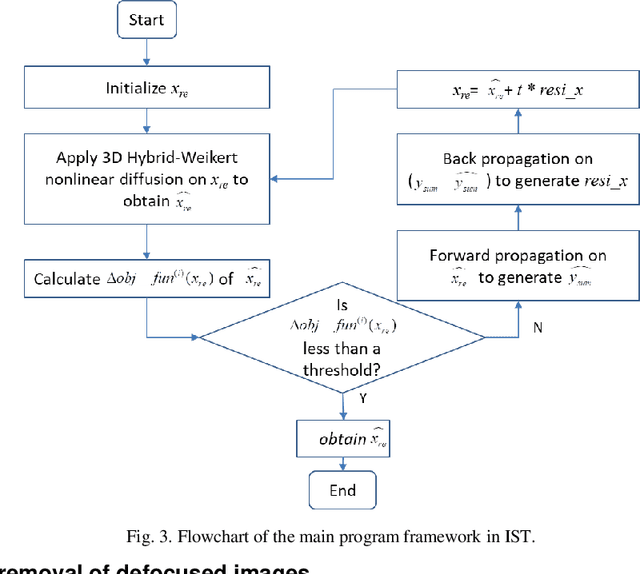
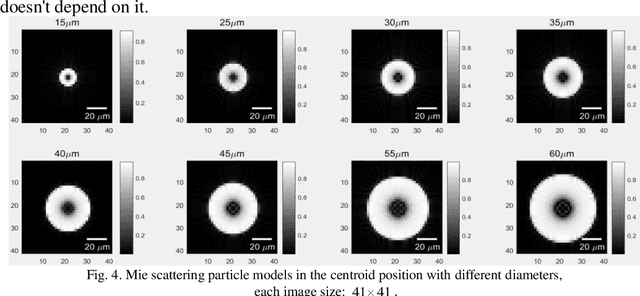
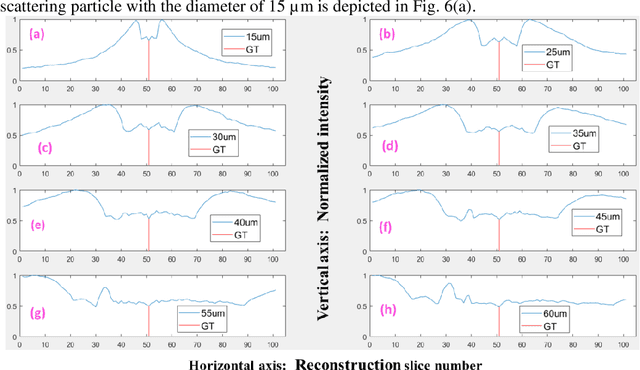
Abstract:We propose a three-dimensional nonlinear diffusion method to remove the unfocused images of certain sized Mie scattering particles which are overlapping along z-axis. It is simultaneously applied to all of the reconstruction slices that are generated from the captured hologram after each back propagation. For certain small sized particles, the maxima of maximum gradient magnitude of each reconstruction slice appears at the ground truth z position when the reconstruction range along z-axis is sufficiently long and the reconstruction depth spacing is sufficiently fine after applying the proposed scheme, therefore, the reconstructed image at ground truth z position is remained, however, the unfocused images are diffused out. The results demonstrated that the proposed scheme can diffuse out the unfocused images which are 20um away from the ground truth z position in spite of that several Mie scattering particles were completely overlapping along z-axis with a distance 800um when the diameter is 15um and the hologram pixel pitch is 2um. It also demonstrates that the sparsity of the ground truth z slice cannot be affected by the sparsity of corresponding unfocused images when the particle is small enough as well when reconstruction depth spacing is higher than 20um
 Add to Chrome
Add to Chrome Add to Firefox
Add to Firefox Add to Edge
Add to Edge